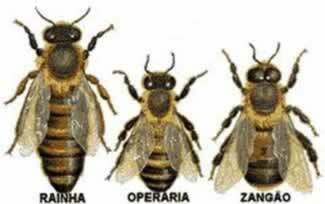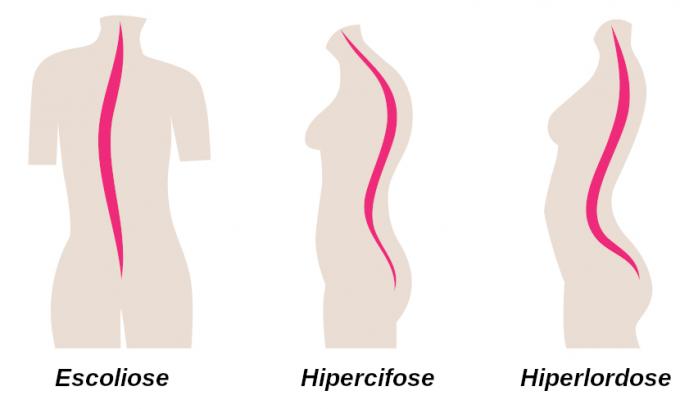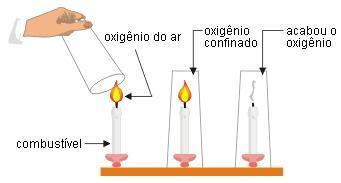Bees are pollinating insects that produce honey, a very important food for humanity. These invertebrate animals live in well-organized societies that can house 50,000 to 100,000 individuals, and where we can find the worker bees, O drone and the Queen.

In the image we can see the difference in size between the queen, the drone and the worker
At worker bees they are sterile females, that is, they do not have the ability to reproduce. They are the only bees in society that have mouthparts and legs specialized in pollen collection and, for this reason, they are the the only ones that work, collecting pollen and nectar from flowers, feeding the larvae, producing wax and honey combs, cleaning and guarding the hive etc. At worker bees young people have glands that produce the Royal jelly, food that will be offered to all larvae as soon as they hatch.

Figure 1: bee eggs and larvae. Figure 2: Bumblebee larvae
It is interesting to remember that the Royal jelly it is offered to all larvae that hatch from eggs, including drones. After a few days of life, the larvae that will become workers and drones become fed on honey and pollen, while larvae that will become queens continue to be fed with Royal jelly.
You drones they are the only males in the hive, and they have the function of fertilizing the queen. You drones they do not have a stinger or structures that allow them to work. After the queen's fertilization the drones die.

The arrow is indicating a queen bee. Note that it is bigger than worker bees
At queen bees they are fertile females, and their function is to be fertilized by drones giving rise to all the individuals in the hive. At queen bees they can live up to ten years, and have the capacity to lay up to a thousand eggs in just one day.
Bees are insects that produce a chemical called pheromone. O pheromone it works as a type of communication, not only between bees, but also between other insects, such as ants, termites, etc. Through pheromone bees are able to emit alarm signals, locate food, recognize other members of society, identify strangers, among other functions.
By Paula Louredo
Graduated in Biology



